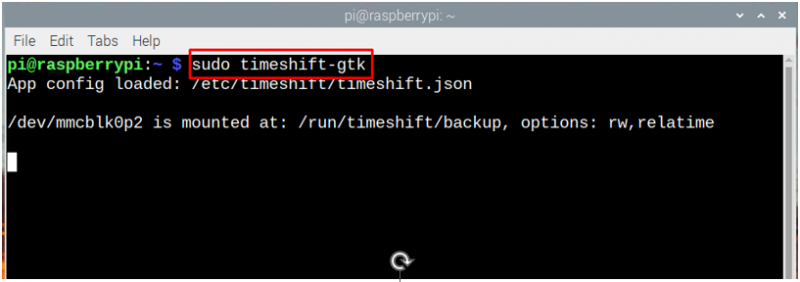
The window manager is responsible for drawing the title bar and window frame around each application window. One of the changes which was prompted by the move to GTK+3 is that we are using a new window manager, called mutter, instead of the openbox window manager used in previous releases. GTK+3 just gives us a more modern basis for future development, and brings us into line with other Linux desktop environments. Some other controls have a slightly different appearance, but we’ve tried to make sure that everything still looks familiar and largely unchanged. You’ll notice a few changes to widgets – the most obvious is the new appearance of tabbed interfaces.

It has ended up being necessary to find work-arounds to a lot of these – hopefully no one will notice them and everything will still work as before! The simple answer is that many things are much easier to do with GTK+2 than with GTK+3, particularly when it comes to customising the appearance of widgets – GTK+3 has removed several useful features which we relied upon. GTK+3 has been around for several years now, and people have occasionally asked why we didn’t move to it before now. Up until now, most of the desktop has used version 2 of the GTK+ toolkit, but increasing numbers of Debian applications are using GTK+3, so to try and keep things consistent, we’ve upgraded all our software and the desktop itself to the newer version. GTK+ is a layer of software that applications can use to draw standard user interface components (known as “widgets”) such as buttons, menus and the like, so that all applications have a consistent look and feel. GTK+3Īll of the desktop components and applications are now using version 3 of the GTK+ user interface toolkit.


However, over and above the changes in Debian itself, the ‘bullseye’ version of Raspberry Pi OS has a number of significant changes to the desktop environment and to the support for Raspberry Pi hardware. So what is new this time?ĭebian ‘bullseye’ has relatively few major changes which are visible to users – there are some under-the-hood changes to file systems and printing, but most of the changes are patches and upgrades to existing applications and features. We’ve been working on the corresponding ‘bullseye’ release of Raspberry Pi OS it’s taken a bit longer than we’d hoped, but it is now available.


 0 kommentar(er)
0 kommentar(er)
